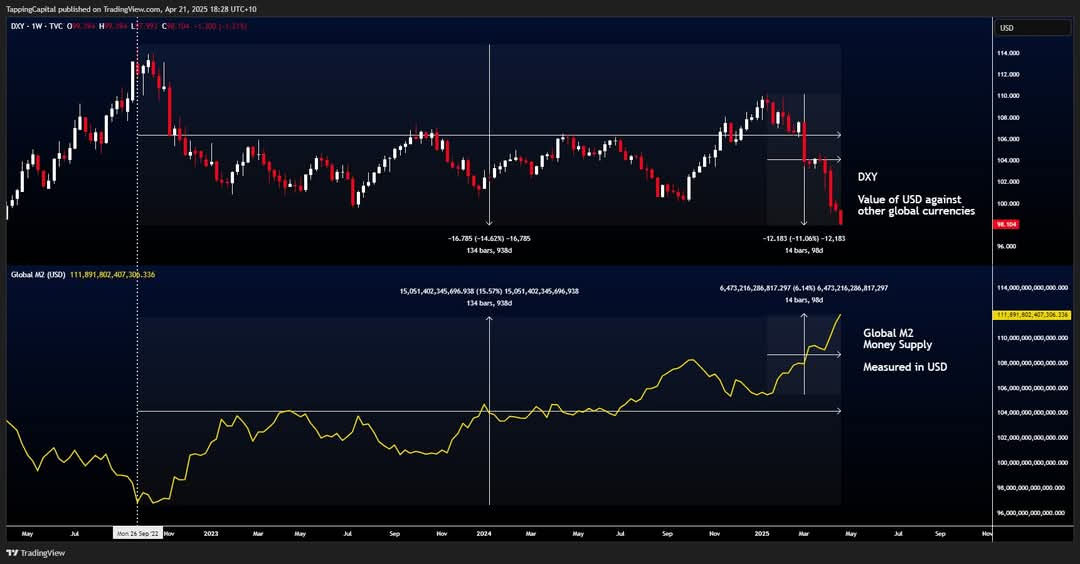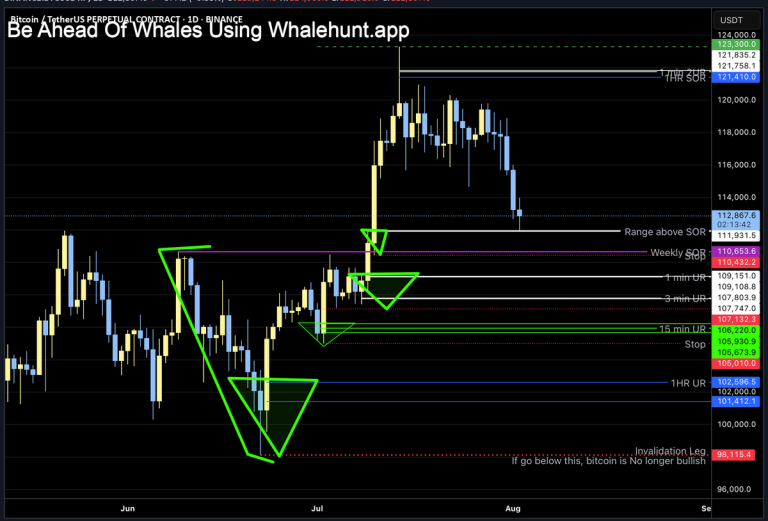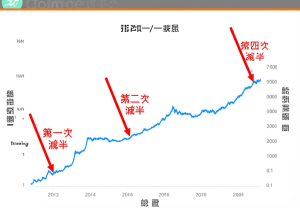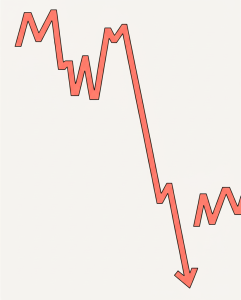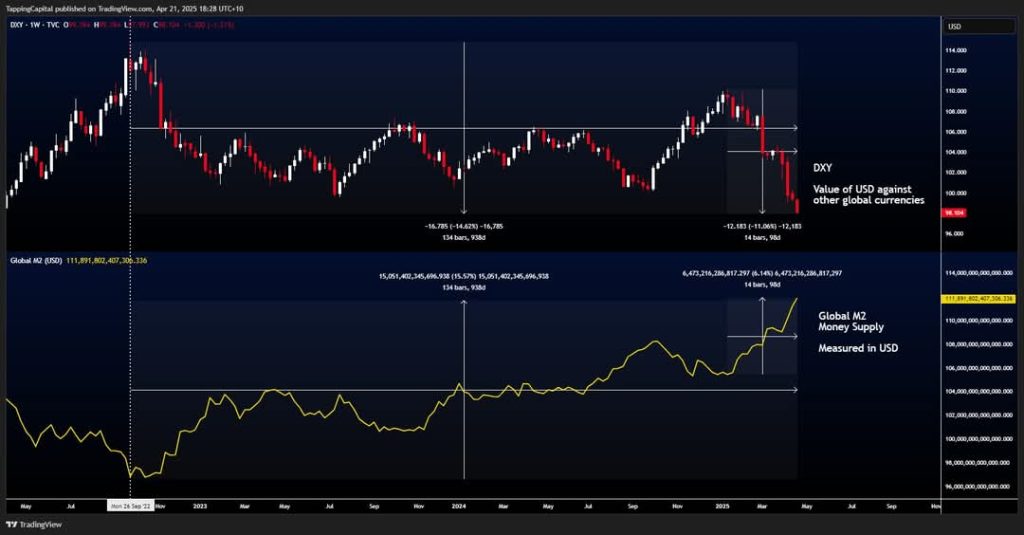
The Intricacies of Bitcoin Analysis: Beyond Surface-Level Observations
In the ever-evolving world of cryptocurrency, Bitcoin stands as the pioneer and the most discussed digital asset. While many analysts offer surface-level insights, relying on charts and quick opinions, a deeper dive into Bitcoin’s mechanics and market behavior reveals a more nuanced picture. This report aims to explore the intricacies of Bitcoin analysis, moving beyond mere correlation to achieve a comprehensive understanding.
The Pitfalls of Surface-Level Analysis
Correlation vs. Comprehension
Many analysts focus on correlations, such as the relationship between money supply and Bitcoin prices. While these correlations can be useful, they often fail to provide a deeper understanding of the underlying mechanisms driving Bitcoin’s value. For instance, observing that Bitcoin prices rise when the money supply increases does not explain why this happens or what other factors might be at play. This approach can lead to oversimplified conclusions and missed opportunities for more insightful analysis[1].
The Limitations of Chart-Based Analysis
Chart-based analysis, while popular, has its limitations. Charts can show trends and patterns, but they do not always capture the full context of market behavior. For example, a falling wedge pattern might indicate a potential breakout, but without considering external factors like regulatory changes or technological advancements, the analysis remains incomplete. This is evident in the frequent discussions on platforms like X and Facebook, where charts are often shared without sufficient context[2].
Delving Deeper: Comprehensive Bitcoin Analysis
Understanding Layer 2 Solutions
Bitcoin’s Layer 2 solutions are not just about scaling; they are redefining the decentralized finance (DeFi) landscape. Cross-chain lending, for instance, is gaining traction, allowing for more efficient and secure transactions. These advancements are crucial for Bitcoin’s future, as they address some of the scalability and usability issues that have plagued the network. By understanding these technological developments, analysts can better predict market movements and identify investment opportunities[3].
Market Dynamics and Technical Indicators
Technical indicators play a significant role in Bitcoin analysis. Indicators like the STH MVRV Bollinger Bands can provide valuable insights into market sentiment and potential price movements. For example, when the STH MVRV Bollinger Bands approach the middle threshold line, it can signal a potential shift in market dynamics. Keeping an eye on such indicators can help traders make more informed decisions and avoid being caught off guard by sudden market changes[4].
The Role of Market Cap and Volume
Market capitalization and trading volume are essential metrics for understanding Bitcoin’s market behavior. A breakout from a falling wedge pattern with significant volume, as seen in the altcoin market, can indicate a strong bullish rally. Similarly, a successful retest of the breakout level can confirm the trend and provide a clearer picture of the market’s direction. These metrics, when analyzed in conjunction with other indicators, can offer a more comprehensive view of the market[5].
The Future of Bitcoin: Opportunities and Challenges
The $300 Trillion Market Ambition
Bitcoin’s ambitious goal of capturing a $300 trillion addressable market requires careful examination. While Bitcoin has shown impressive year-over-year growth, achieving such a market cap would involve significant challenges and opportunities. Understanding the factors that could drive or hinder this growth is crucial for long-term investors and analysts. This includes considering regulatory environments, technological advancements, and market sentiment[6].
The Importance of Continuous Learning
The cryptocurrency market is dynamic and ever-changing. Continuous learning and adaptation are essential for staying ahead of the curve. Subscribing to newsletters like “Your Daily Bitcoin Breakdown” can provide valuable insights and keep analysts informed about the latest developments in the Bitcoin ecosystem. This ongoing education is key to making informed decisions and avoiding pitfalls in the volatile cryptocurrency market[7].
Conclusion: Beyond the Charts
Embracing a Holistic Approach
To truly understand Bitcoin and its market behavior, it is essential to move beyond surface-level analysis. Embracing a holistic approach that considers technological advancements, market dynamics, and external factors can provide a more comprehensive and accurate picture. This approach not only helps in making better investment decisions but also contributes to the broader understanding and adoption of Bitcoin.
By delving deeper into the intricacies of Bitcoin analysis, analysts can uncover valuable insights that go beyond mere correlations. This deeper understanding is crucial for navigating the complex and ever-changing world of cryptocurrency.

